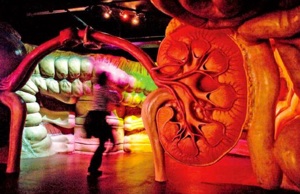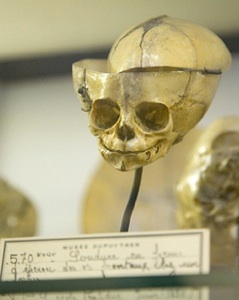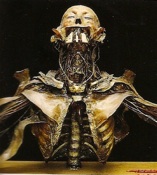|
About
The C. U. Ari¨ens Kappers brain collection, at the Netherlands Institute for Neuroscience in Amsterdam, is one of the largest and oldest of the world’s catalogued repositories of specimens that reveal the course of brain evolution and the resulting panoply of neural biodiversity. Established a century ago, it has served since then as the basis of the encyclopedic texts authored by its founder, as well as research publications into the current time. It consists of 726 specimens: these include 309 mammals, 134 birds, 81 reptiles, 21 amphibians, and 179 “pisces”—a grouping of bony fish, sharks, and cyclostomes. Housed in the Netherlands Institute for Neuroscience, the collection is the result of a life time’s labor by Cornelius Ubbo Ariëns Kappers during his directorship (1909-1946) of the institute and contains representatives of over 300 species of vertebrates, including man.
|










